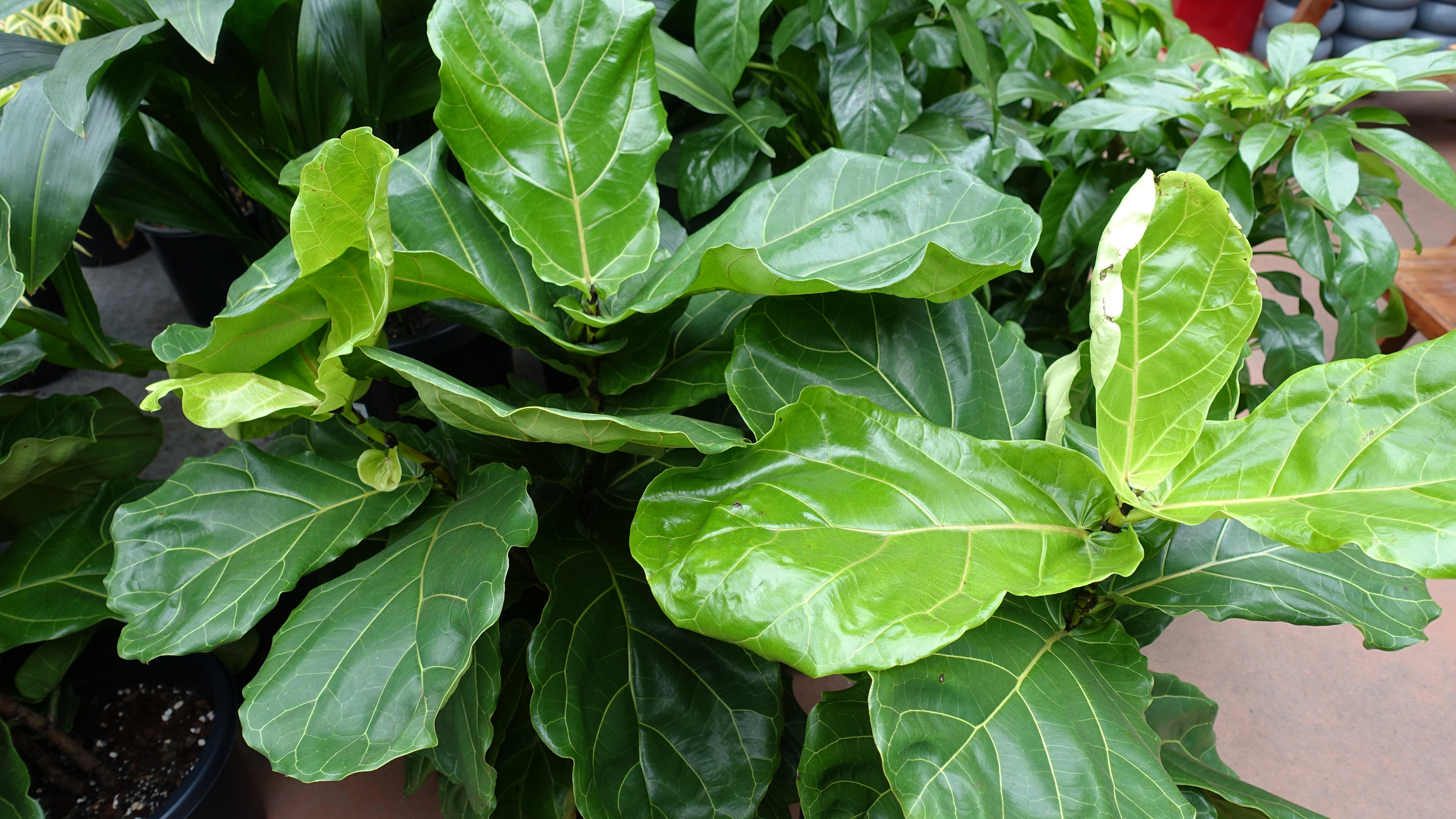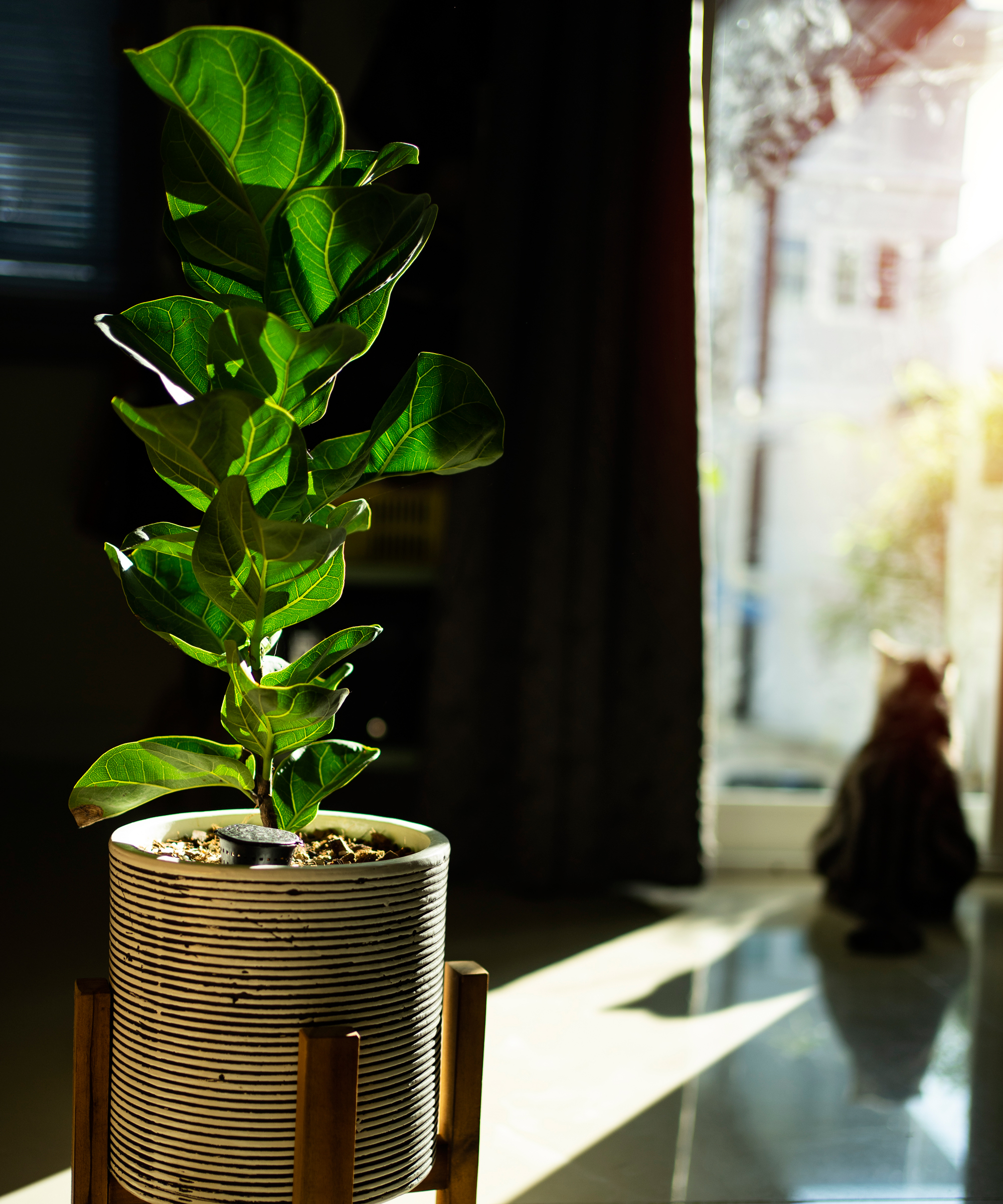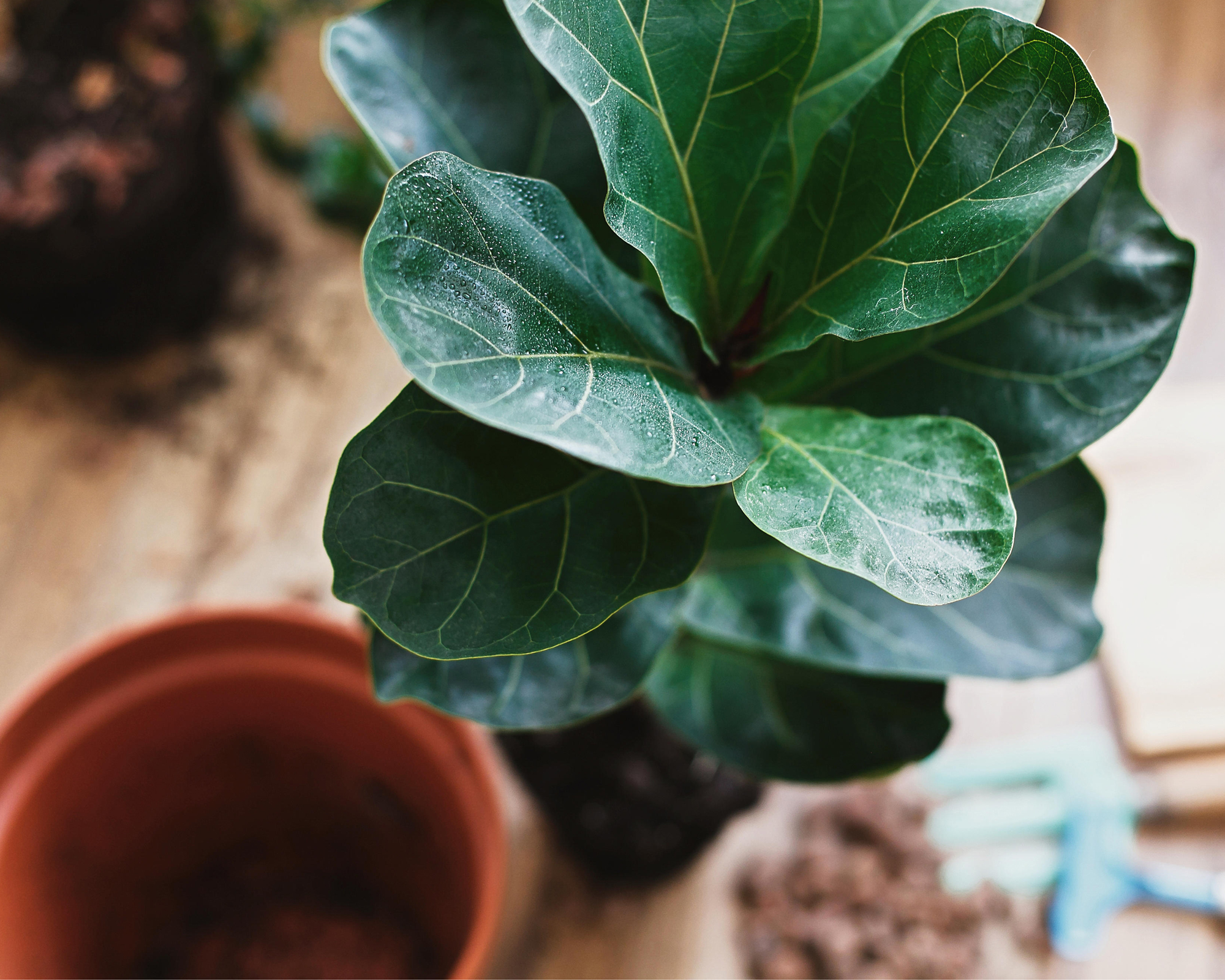Why is my fiddle leaf fig dropping leaves? A plant expert advises
If you're wondering why is my fiddle leaf fig dropping leaves, there's no need to worry. Your plant has a good chance of recovery if you determine the cause

Why is my fiddle leaf fig dropping leaves? This is a question many a hapless plant owner has asked themselves, even though they've been taking good care of their ficus. Ficus lyrata, or fiddle leaf fig, as it's commonly known, is one of the trendiest plants at the moment. Its elegant, fiddle-shaped leaves look gorgeous, but if yours suddenly starts shedding them?
If your fiddle leaf fig is looking bare and is cramping your indoor garden ideas, don't give up on it just yet. We've consulted Jo Lambell, plant expert and founder of Beards and Daisies. Here's what Jo had to say about the potential causes of a ficus lyrata shedding its leaves.
1. Your fiddle leaf fig is stressed
As Jo explains, 'fiddle leaf figs tend to be prone to leaf drop when they’re stressed or unhappy. Plants are sensitive souls, so if you suddenly change the conditions they’re used to (this can be anything from light to temperature) or if they’re adjusting to a new home – they can experience stress.'
If you've recently moved house with your fiddle leaf fig, don't worry too much about leaf fall. 'The fiddle leaf fig will take a few weeks to adapt to your home and you may witness dropped leaves whilst it is settling in.' Fortunately, 'the majority of the time, this is only temporary, and eventually, once your plant has settled and adjusted to the new environment, it will return to good health.'
If you haven't moved house, think about any change of environment the plant may have experienced. Has it been moved from spot to spot as you change up your indoor plant ideas, or perhaps you moved it to a significantly colder area of your home? 'Ultimately, you will need to provide your plant with consistent conditions,' Jo explains, so try not to expose it to too much change too often.
2. Incorrect watering

You've probably expected this one, as we always repeat the same thing: watering plants correctly is the number one requirement for keeping all of your indoor plants healthy. Frustratingly, either overwatering or underwatering can cause leaf drop in fiddle leaf figs. Jo says that 'a sign of overwatering is both yellowing leaves and leaf drop. Underwatering and dry soil can cause plants to feel the need to conserve water, resulting in them dropping their foliage.'
So, if your fig's leaves are yellowing and dropping, you probably need to give it a bit of a break from watering. If they are shrivelling and falling off, give it a bit more water, especially during the summer months.
3. Your fig tree has outgrown its container

Jo explains that 'a final reason for leaf drop is due to plants having outgrown their container, which is a sign that it’s time to repot them.' If yours has been in its pot for over two years and looks like it's about to topple over, it's definitely time to repot. Figuring out how to repot a plant is easy – just choose a new container a third bigger than the original one.
What is the best way to look after fiddle leaf figs?
Jo draws a beautiful analogy between plants and people: 'We have a lot more in common with plants that we realise – they will always appreciate and thrive with consistency, care and attention! Try not to mix up their living conditions too much or shock them, and you should have a happy plant.' Water regularly but not too often and avoid sudden changes – your ficus will be back to its healthy self and taking pride of place in your plant displays in no time.
Anna writes about interior design and gardening. Her work has appeared in Homes & Gardens, Livingetc, and many other publications. She is an experienced outdoor and indoor gardener and has a passion for growing roses and Japanese maples in her outside space.
